Born in Aberdeen (Washington) on 14 July 1934, Lee Friedlander prevails, along with his professional colleagues William Eggleston, Bruce Davidson, Joel Meyerowitz, Elliot Erwitt and William Klein, as one of the last living popes of photographic art. His lush activity, developed over six decades, is currently taking over the installations of the KBr in Barcelona; an exhibition produced by the MAPFRE Foundation, curated by Carlos Gollonet, and which will be in Barcelona until 8 May after its stay in Madrid.
Friedlander is considered an essential photographer of the “American social landscape”, a close link with his native country. He has spent his entire life in the light of his inseparable Leica, which he decided to abandon in the 1990s in favour of a square-format Hasselblad. However, what most captures the attention of the amateur when he looks at his work over six decades is his determination to break the mould and break with convention. The American photographer was one of the first to question the formalities of the previous generation and thus establish a distancing and change of priority with respect to the magic instant proclaimed by Cartier-Bresson. His position is more in favour of the living frame, supported by intuition, which produces meanings through the communicating vessels that are established between the elements in the frame and their location. A vision marked by fragmentation, ambiguity and irony. This was something he applied to portraits as well as to street photography, and to his different approaches to this art.
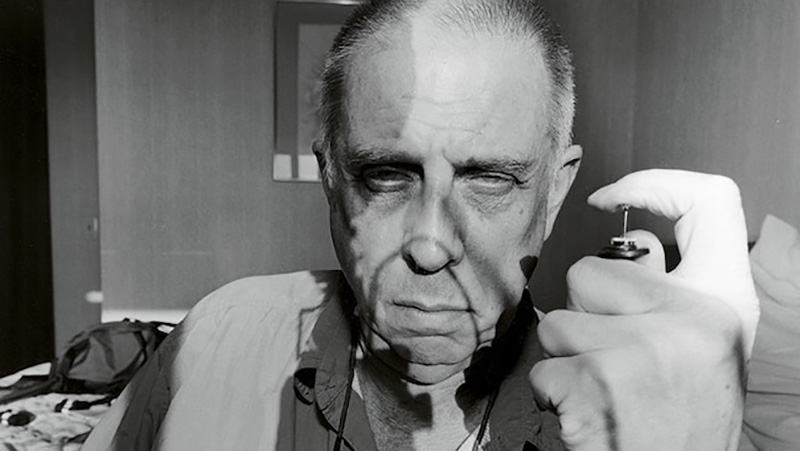
His passion for the medium was forged as a teenage orphan on the Pacific coast. There he lived with his father’s relatives, who instilled in him an interest in jazz and photography. Although his artistic maturity would come a few years later, when he decided to settle in the New York of the 1960s, the artistic cradle and university campus for any lover of photography.
His new way of understanding documentary photography soon found a place in the highest cultural institutions in the area. So much so that in 1967 he presented New Documents at the MOMA in Manhattan, an exhibition in which he shared space with other masters such as Diane Arbus and Gary Winogrand.
His own style, influenced by Eugène Atget, Walker Evans and Robert Frank, was formalised throughout the decade by means of his inseparable 35mm Leica. A character marked by reflections, shadows, or that dialoguing composition, collages where the elements on screen play with each other creating unexpected, surprising meanings. A game of riddles that requires the intervention of the observer.

The interest in the urban landscape that he developed in the first decades of his public exhibition diminished with the passage of time, when he began to complement it with a look at nature and its landscape in which he once again showed his gift for composing in a simple but complex manner, in which each element seems to have its own entity and, in turn, a function over the rest of the elements in the painting.
His great methodological change came in the 1990s, when he decided to put aside his beloved Leica to make way for a medium format with a Hasselblad camera that allowed him to work with a greater depth of field.
The exhibition on view at the KBr reviews chronologically, and grouping the three hundred and fifty photographs that comprise it by theme, an elementary part of the work of this influential artist. From his colour portraits of jazz greats, including some album covers in his early years in New York, to projects of great importance in his trajectory such as The American Monument -the reflection of many monuments in a changing landscape- or “The Little Screens” -a study of everyday life in American homes in the 1960s-, his published books, as well as numerous portraits, landscape photography (urban and natural), self-portraits -he was among the first to get into his own photos- and family albums. An extensive and complete overview of the visual oeuvre of the photographer of the lively framing.


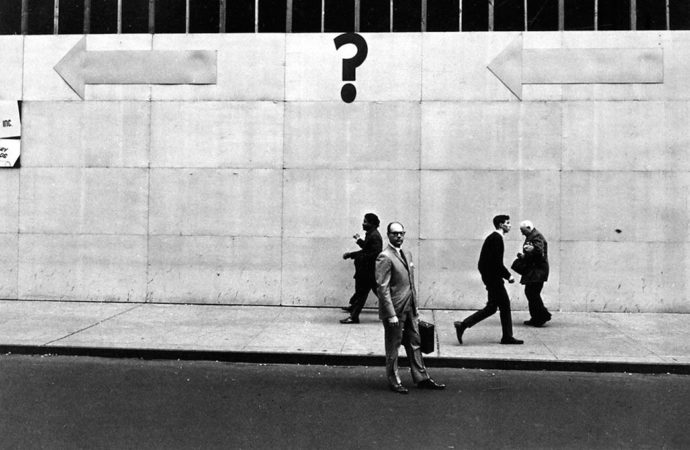
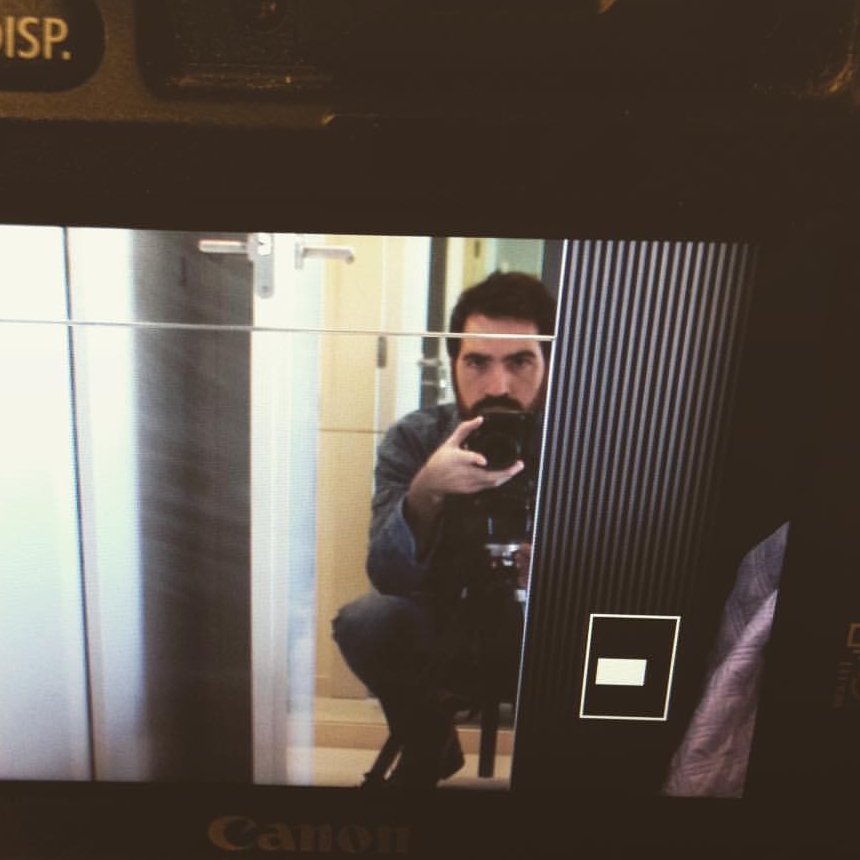
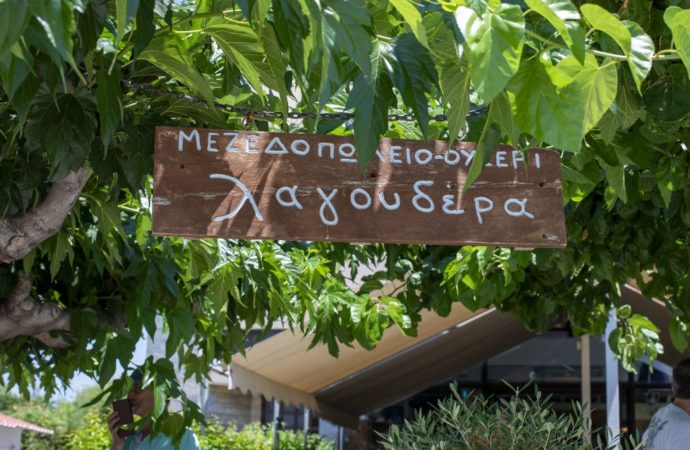

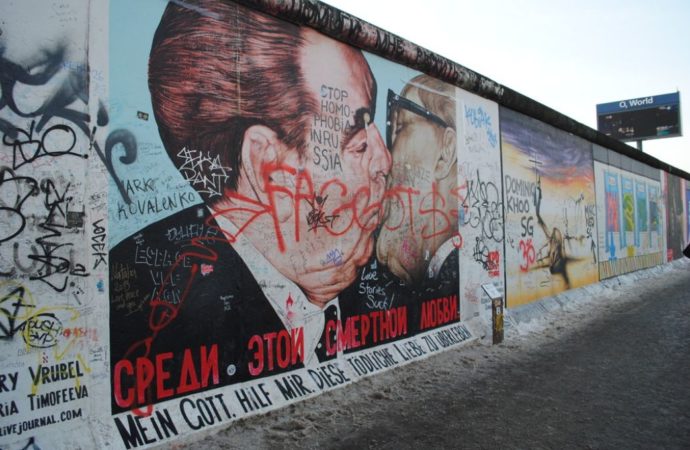
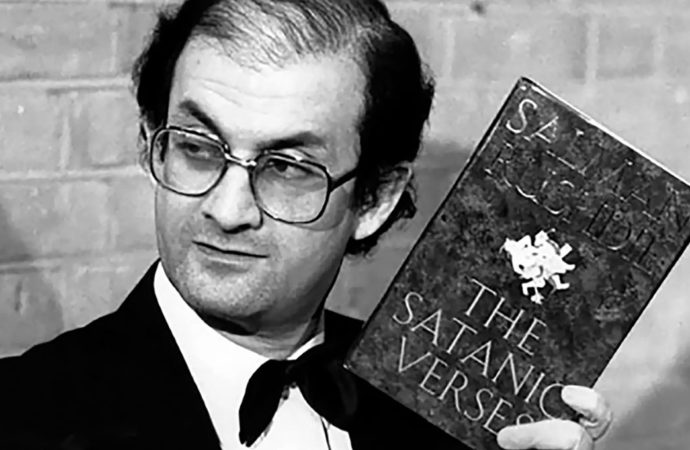
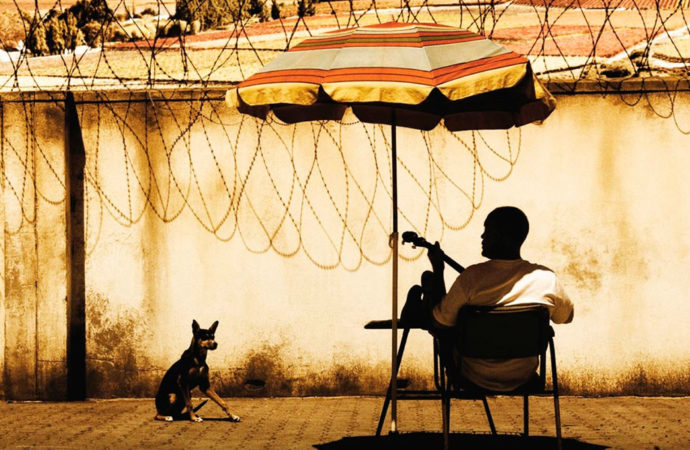

No one has posted any comments yet. Be the first person!